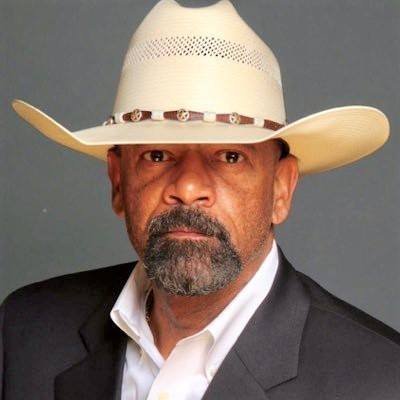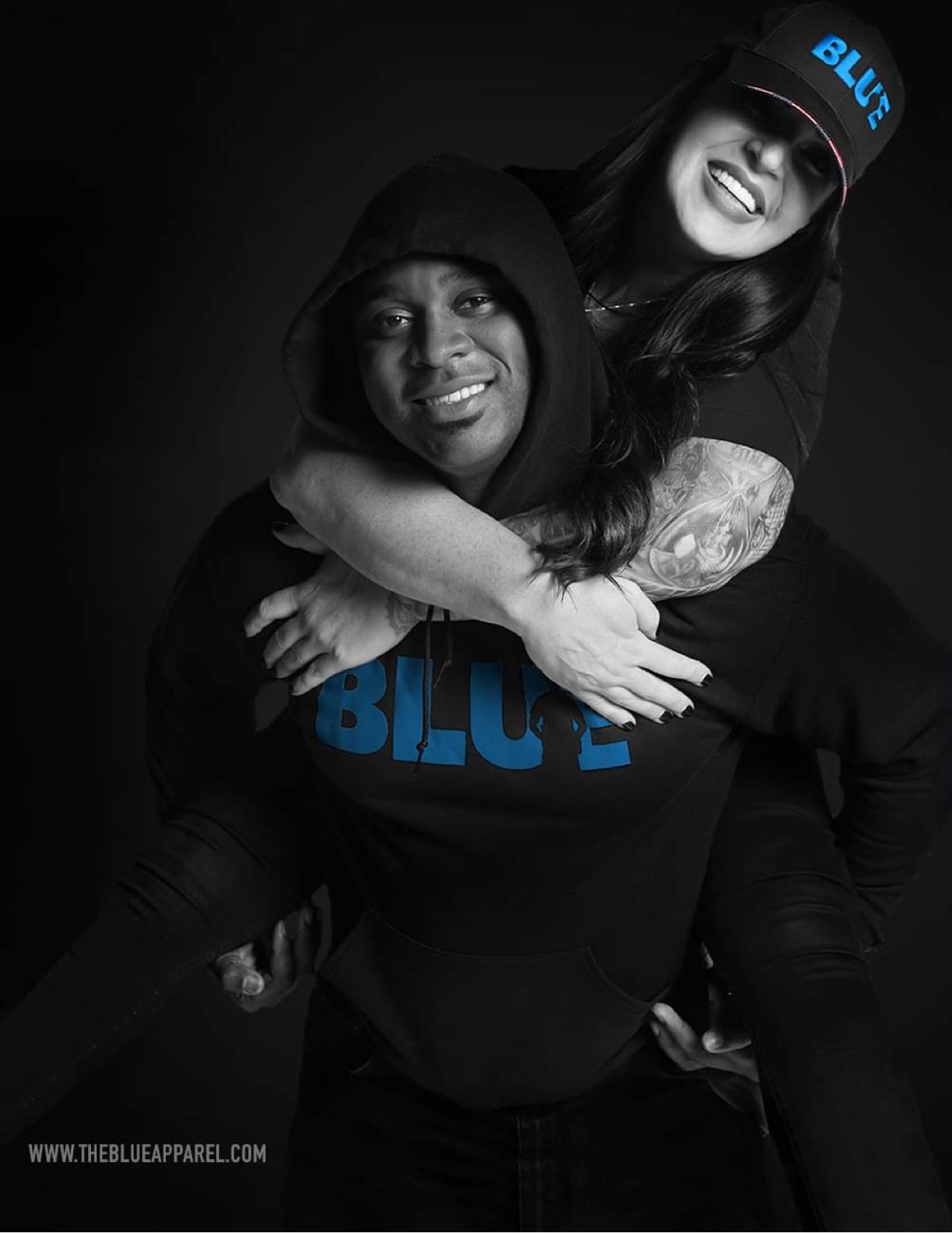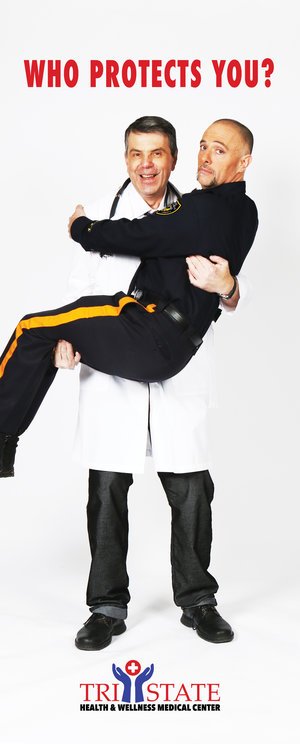If At First You Don’t Succeed, Lie-Lie Again.
/The last time I wrote about the police officers involved in the narcotics search warrant where Breonna Taylor was killed, I wrote about Officer Brett Hankison being acquitted by a jury of first-degree wanton endangerment for returning fire as officers were fired on first by Taylor’s drug dealing boyfriend Kenneth Walker. His shot struck one of the officers. I take time to mention these facts because if you read a description of the events from the typical politically biased, cop hating corporate media, they leave these important facts out or gloss over them like they don’t matter. Walker was cleared of any wrongdoing. That is remarkable. He initially lied during the investigation claiming that Taylor shot at officers first then admitted that he fired. That sounds like obstruction to me. This creep threw his dead girlfriend under the bus. What a gentleman.
Three of the officers have been terminated by the Louisville Police Department, termination of the fourth is underway. The Taylor family received one of the largest civil payouts ever, a $12 million settlement with the city before the investigation and trials were complete. Basically, that is the city acknowledging wrongdoing by officers before the officers’ due process rights were exhausted. In my experience, the usually order of the process is that the civil case occurs last, giving way to any criminal proceedings so as not to influence the investigation or a jury and to maintain the presumption of innocence for the officers. Recall that three of the four officers involved were not charged in the state proceedings because a grand jury found that the use of force was justified. Say what, you must be asking yourself? Another fact that the cop hating media won’t mention. In fact, Hankison’s indictment was not for Taylor’s death.
So, let’s pause and add this up. The officers lost their careers, which make their families collateral damage, they suffered public condemnation, the city paid out $12 million in damages and let’s not forget the hundreds of millions of dollars in property damage from ensuing riots. That’s a lot. But it’s not over. In comes the federal government -- the United States Department of Justice to take one more kick at the cat to extract their pound of flesh from this. I call this overkill.
US Attorney General Merrick Garland last week announced that three Louisville Metro police officers have been federally indicted for civil rights violations in the death of Breonna Taylor. In announcing the charges, he said that, “Members of the police-based investigations unit falsified the affidavit used to obtain the search warrant of Ms. Taylor’s home. This act violated federal civil rights laws and those resulted in Miss Taylor’s death.” What? The state grand jury came to a different conclusion. Recall that they said the use of force was justified. One officer has entered into a federal plea agreement to falsifying an affidavit for a search warrant and was not charged on civil rights violations. No problem with that. Garland acknowledged that the officers serving the warrant, “were unaware of its false and misleading statements.” Then how can Garland hold them accountable for violating Taylor’s civil rights?
Let’s switch gears for a moment. What about the FBI knowingly using a false and misleading dossier to dupe a federal magistrate in applying for a FISA warrant to wiretap a Presidential campaign? This went up to the highest levels of the FBI including Director James Comey, Peter Strzok, his lover Lisa Page and Deputy Director Andrew McCabe. No criminal indictment was sought for falsifying that. And an agent involved who altered emails regaling the dossier was indicted but received probation. These same people conspired to falsify documents to indict former Lieutenant General Michael Flynn who was wrongly convicted of misleading the FBI. The FBI allege that these officers lied to them during the Taylor investigation. The same behavior that Comey, Strzok, Page and McCabe did to a FISA court but no criminal indictment against them was sought, but I digress.
The most preposterous claim by Garland is that, “Breonna Taylor should be alive today. The Justice Department is committed to defending and protecting the civil rights of every person in this country. That’s what this department’s founding purpose and it remains our urgent mission.” Wrong Mr. Garland. Breonna would be alive today had she made better lifestyle choices than to date a drug dealer with a criminal past who fired at police officers, striking one after they announced themselves. That triggered (no pun intended) the events that caused officers to fire back, lawfully and reasonably, in defense of themselves. Taylor ended up being an unintended consequence of her boyfriend’s act. That is what the state of Kentucky grand jury ruled. And correctly I might add. Nobody else has the courage to say the truth about this event involving Taylor.
The USDOJ is alleging that the officers used unconstitutionally excessive force while engaging in their official capacity. Wait. If an officer is fired upon with a gun, what other force would Garland say would not be excessive, pepper spray?
Additionally, Assistant Attorney General Kristen Clarke said, “Community Safety dictates that police officers use their weapons only when necessary to defend their own lives or the lives of others and even then, they must do so with great care and caution.” Does she mean like the federal officer who gunned down unarmed Ashley Babbitt as she crawled through a window at the US Capitol to get inside on January 6, 2021? By the way, there were many others standing around Babbitt when she was shot at. Does that meet the definition of using force with great care? It would be very hard even for me to justify that use of force. That investigation was quick and secretive in concluding that it was reasonable. No denial of civil rights investigation ensued. In other words, move along, nothing to see here. The biggest mistake Ashley Babbitt made was being born white. Yeah, I said it.
The lawyer representing the Taylor family, Benjamin Crump, a race-obsessed specialist who always seems to find his way into these high-profile cases, praised the charges, saying it was, “a huge step toward justice.” No, it isn’t. It’s a huge step toward an abuse of power. The family of Ashley Babbitt, on the other hand, is still waiting for answers and justice for Ashley. But she isn’t Black, so no justice is forthcoming. Yeah, I said that too. Cop haters have created a slogan for Taylor: Say her name. Let’s co-opt it for Ashley. Say her name Garland, it’s Ashley Babbitt. He’s simply trying to appease cop haters here. It’s part of the war on cops.
This federal civil rights complaint reeks of being politically motivated. It smells of pandering and moral preening by Merrick Garland. He isn’t looking for justice, he’s out for blood. That is not what the USDOJ mission is nor is it one of their founding principles that Garland mentioned earlier. This has turned into not a legal prosecution but a political persecution. And to think that Merrick Garland almost made it to the United States Supreme Court.
How much more misery are they going to subject these officers to? Or should I say former officers. The most serious charge here carries a maximum penalty of life imprisonment upon conviction. This action by the USDOJ is more about revenge than a search for justice. Meanwhile Kenneth Walker walks away with no accountability.
After watching all this unfold, what person would want to pursue a career in local law enforcement?
Sheriff David A. Clarke Jr. is former Sheriff of Milwaukee Co, Wisconsin, President of Americas Sheriff LLC, President of Rise Up Wisconsin INC, Board member of the Crime Research Center, author of the book Cop Under Fire: Beyond Hashtags of Race Crime and Politics for a Better America. To learn more visit www.americassheriff.com





































































